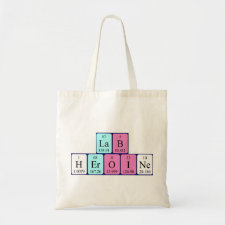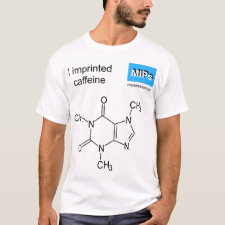
Authors: Chung IC, Chang CC, Chiu HS, Jiang SF, Lee MH, Chung CL, Liu BD, Huang CY, Lin HY
Article Title: A Portable Electrochemical Sensor for Caffeine and (-)Epigallocatechin Gallate Based on Molecularly Imprinted Poly(ethylene-co-vinyl alcohol) Recognition Element.
Publication date: 2011
Journal: Journal of Nanoscience and Nanotechnology
Volume: 11
Issue: (12)
Page numbers: 10633-10638.
DOI: 10.1166/jnn.2011.3938
Alternative URL: http://www.ingentaconnect.com/content/asp/jnn/2011/00000011/00000012/art00065
Abstract: The U.S. Food and Drug Administration allows a maximum of 72 mg of caffeine per 12 oz. serving (6 mg/oz). Consuming 400 mg of caffeine 3 times daily for 7 days may develop sleep disruption effects. However, it is still very hard for people to estimate how much caffeine is intake daily. Moreover, (-)epigallocatechin gallate (EGCG) is studied a potent antioxidant that may have therapeutic properties for anti-aging and cancer. Conventionally, both caffeine and EGCG could be measured by the protocols of high performance liquid chromatography; however, high precision instruments are required. In this work, the caffeine and EGCG are used as the template molecules and imprinted into poly(ethylene-co-vinyl alcohol), EVAL, via solvent evaporation. The EVAL membrane is then used as the sensing element for electrochemical analysis after templates removal. From the cyclic voltammetry measurement of the caffeine, the peak oxidation potential is shifted from 0.36 to 0.46 V when the final concentration of caffeine is from 0.01 to 1 mg/mL, and the highest current density is about 0.18 μA/cm2. The caffeine and EGCG concentrations measured in three real samples are about 0.10-0.13 mg/mL and 0.49-1.74 mg/mL, respectively. This molecularly imprinted polymeric coated electrode is potential employed as a home-care system
Template and target information: caffeine, (-)-epigallocatechin gallate, EGCG
Author keywords: tea, portable electrochemical sensor, caffeine, (-)-epigallocatechin gallate (EGCG), Poly(ethylene-co-vinyl alcohol), Molecularly imprinted polymers



Join the Society for Molecular Imprinting

New items RSS feed
Sign-up for e-mail updates:
Choose between receiving an occasional newsletter or more frequent e-mail alerts.
Click here to go to the sign-up page.
Is your name elemental or peptidic? Enter your name and find out by clicking either of the buttons below!
Other products you may like:
 MIPdatabase
MIPdatabase









